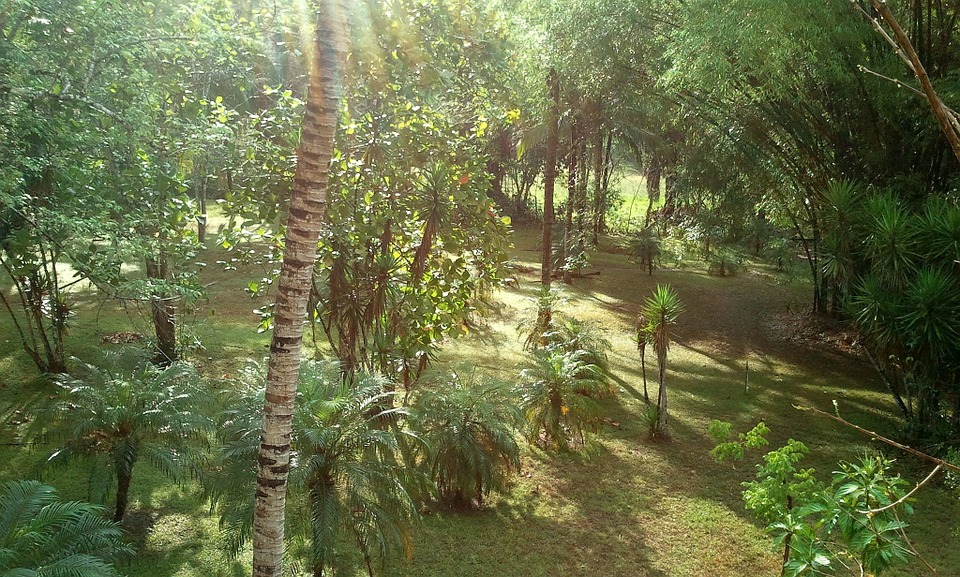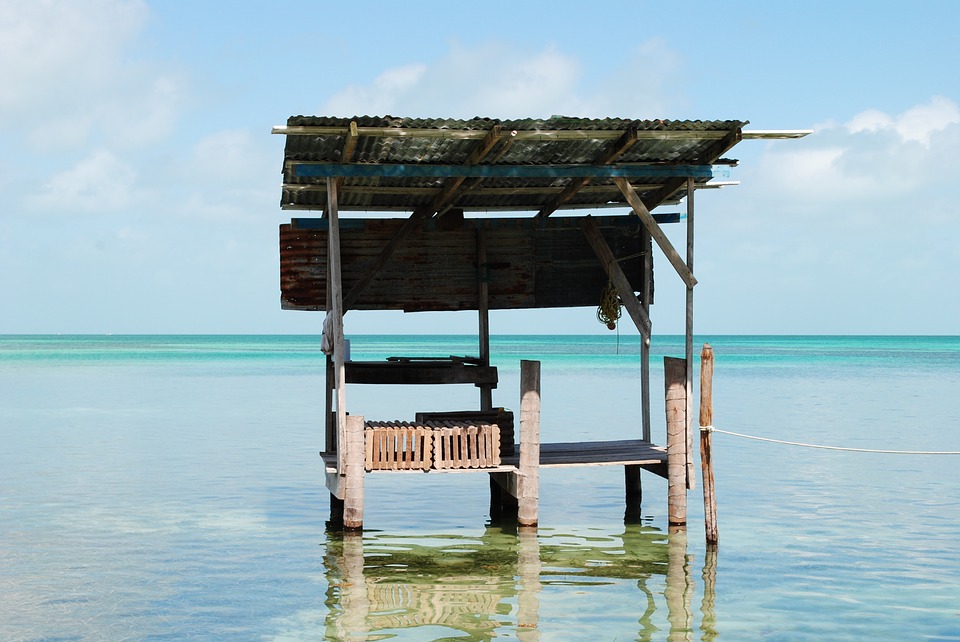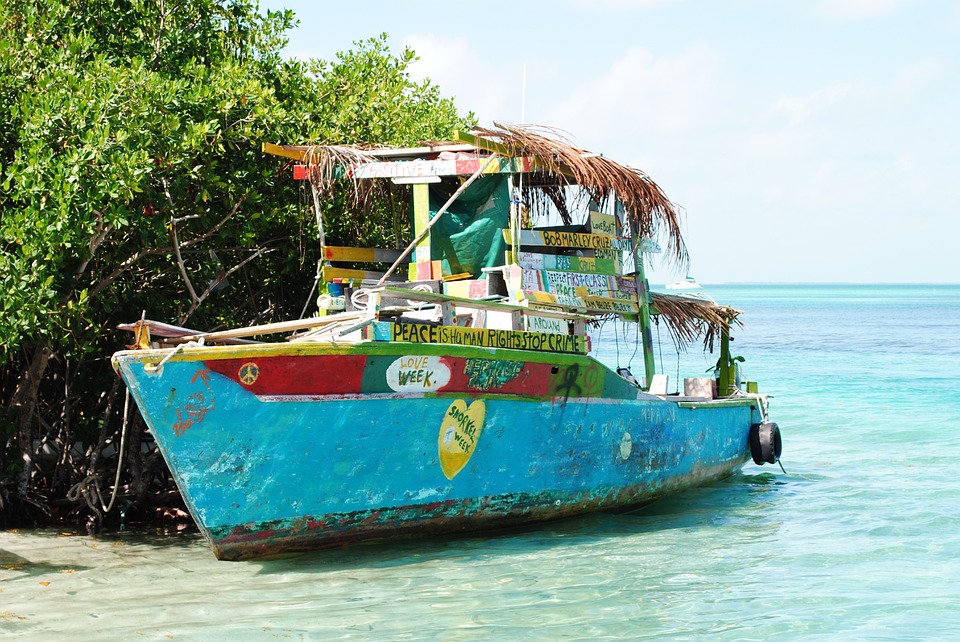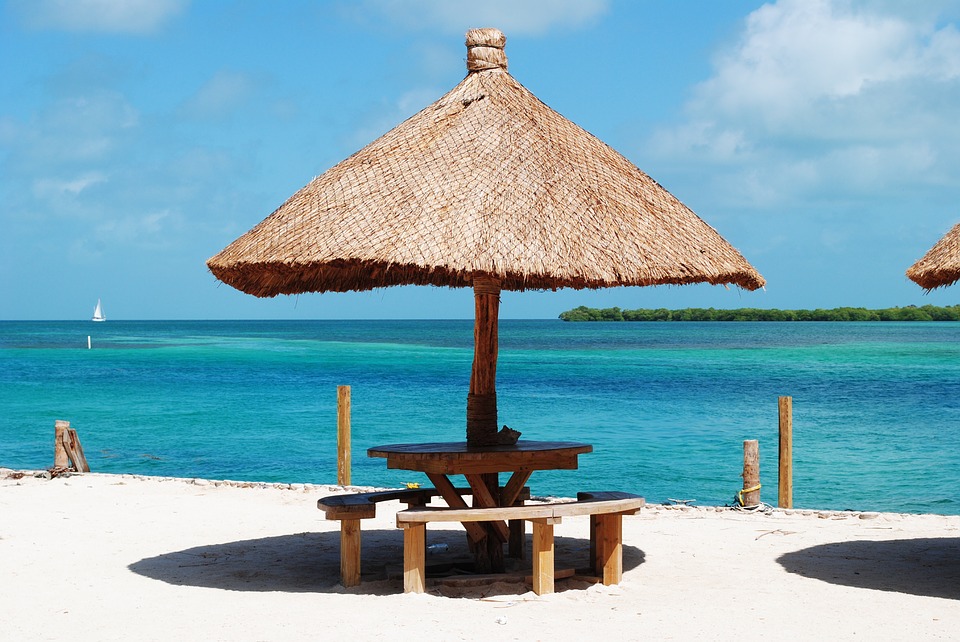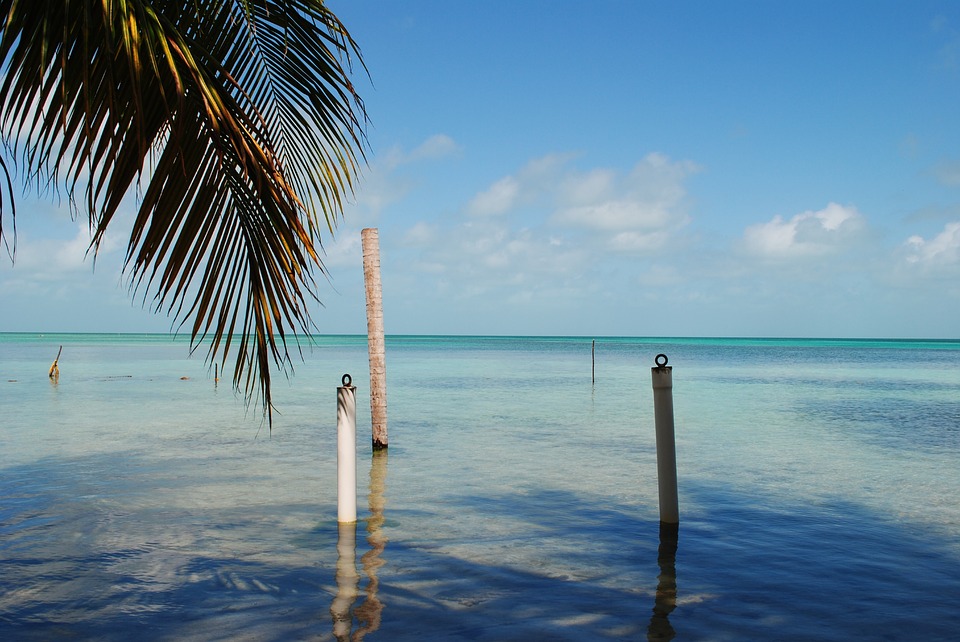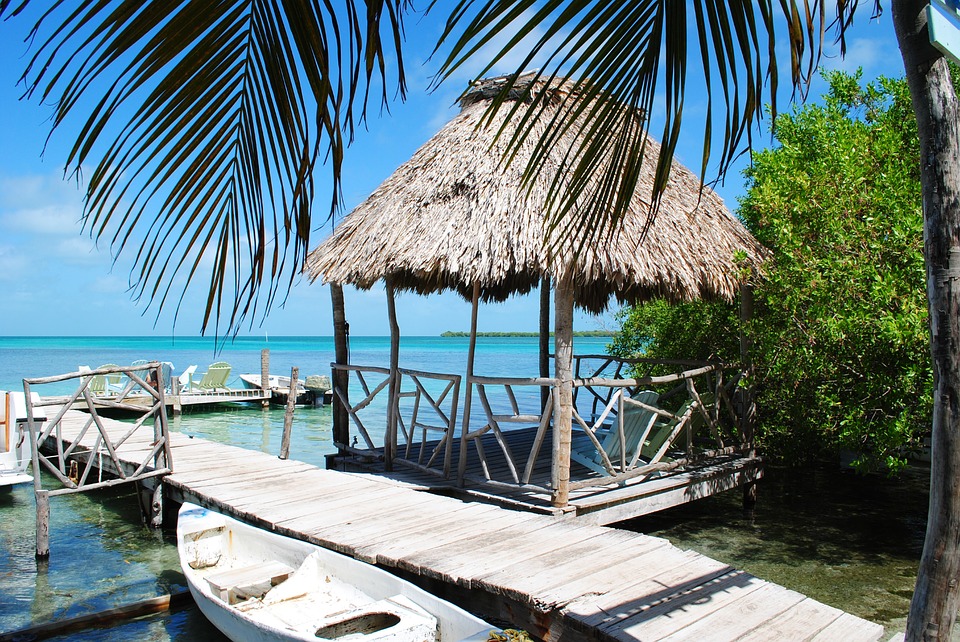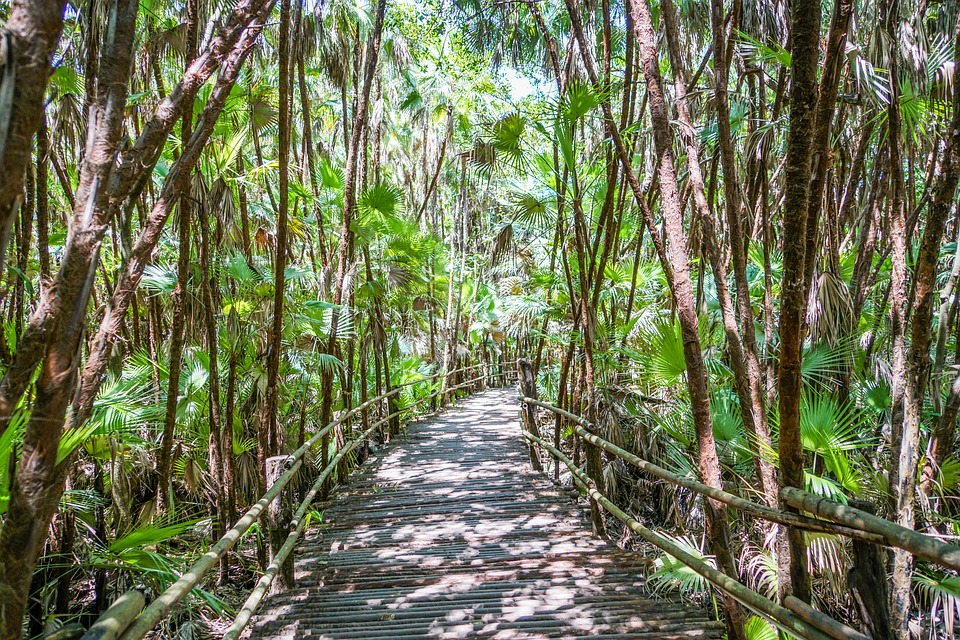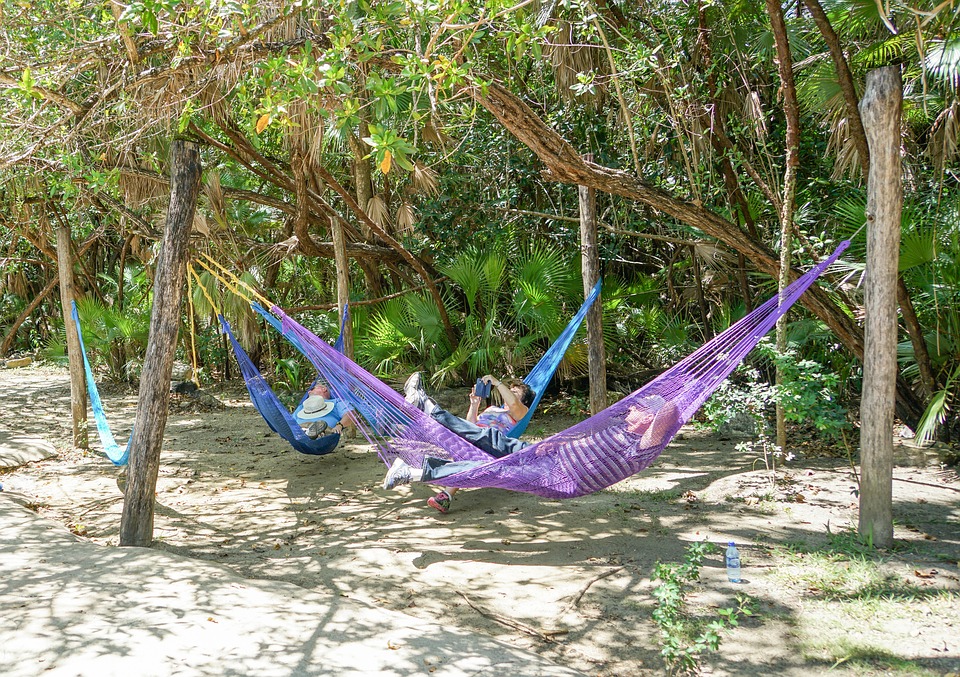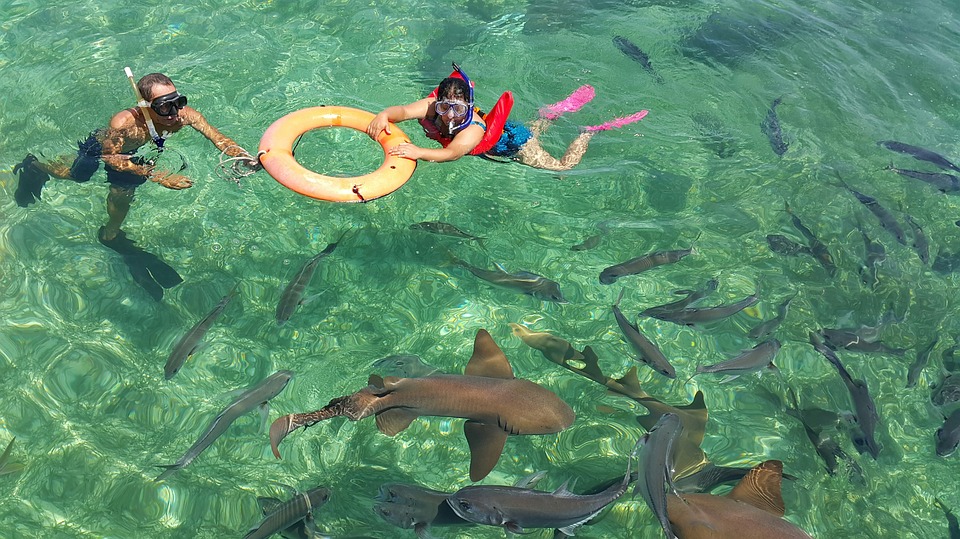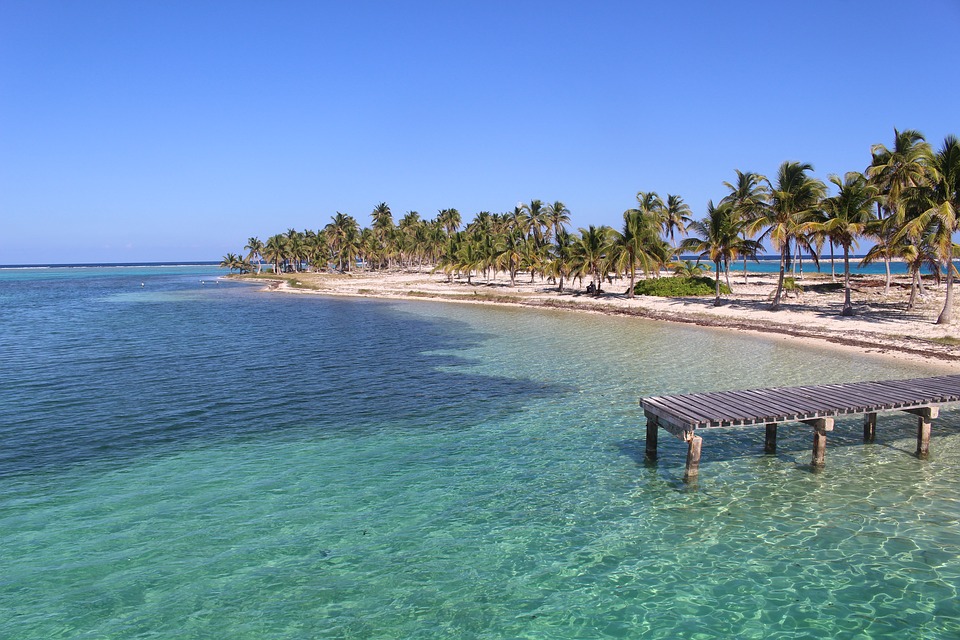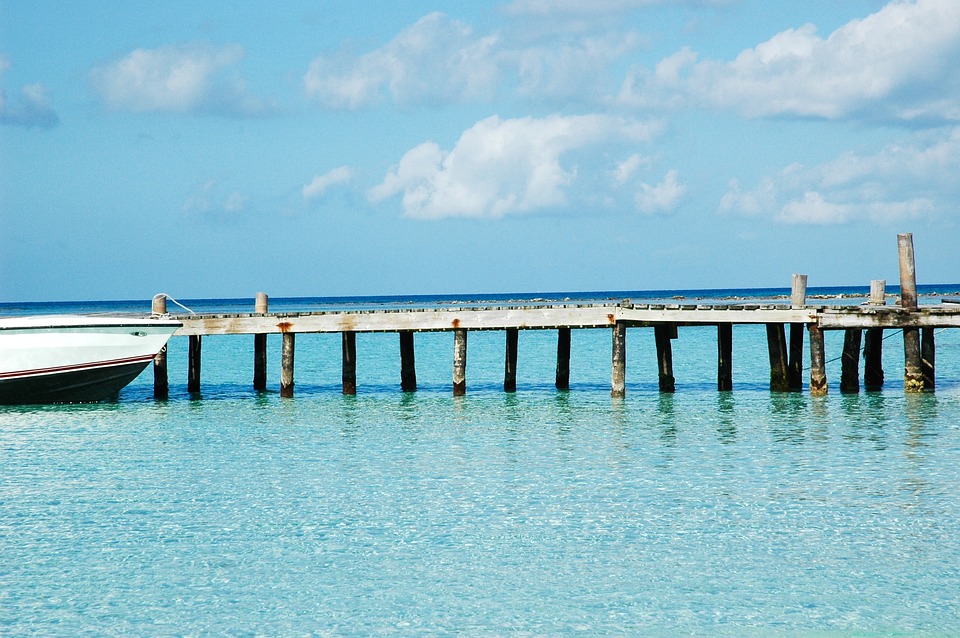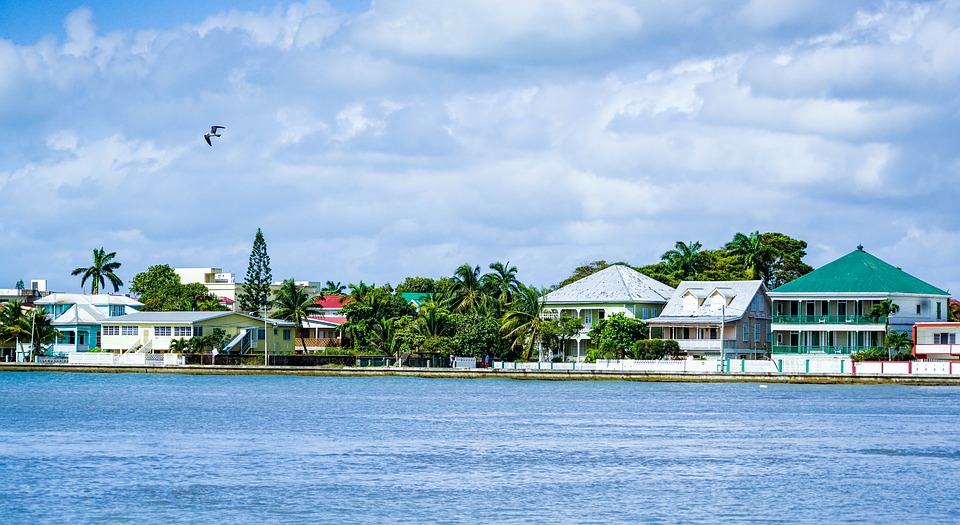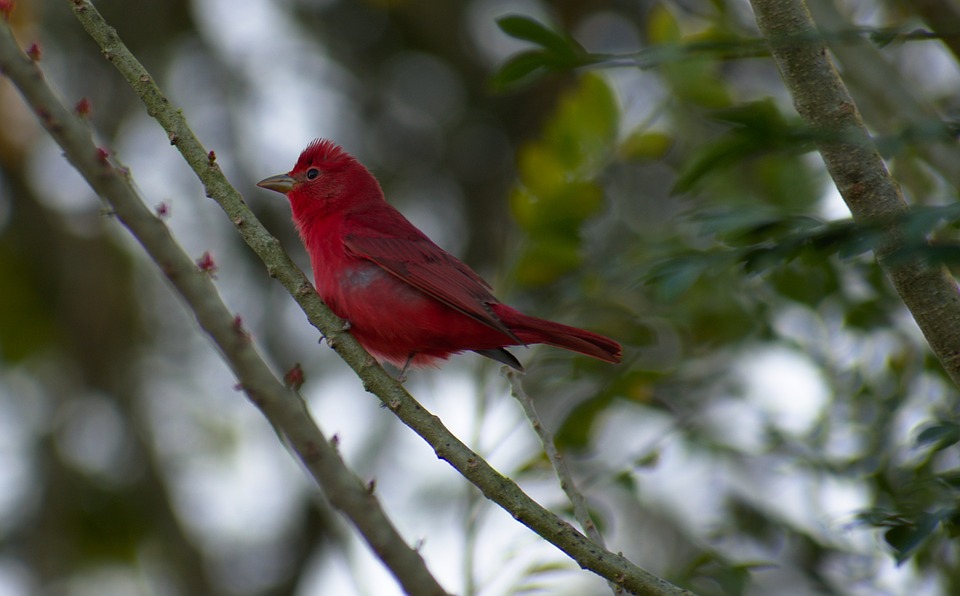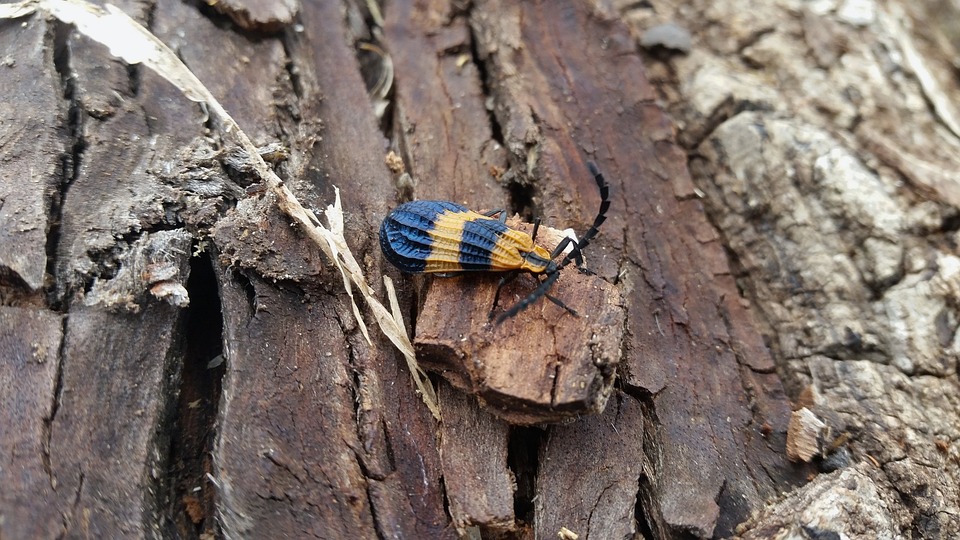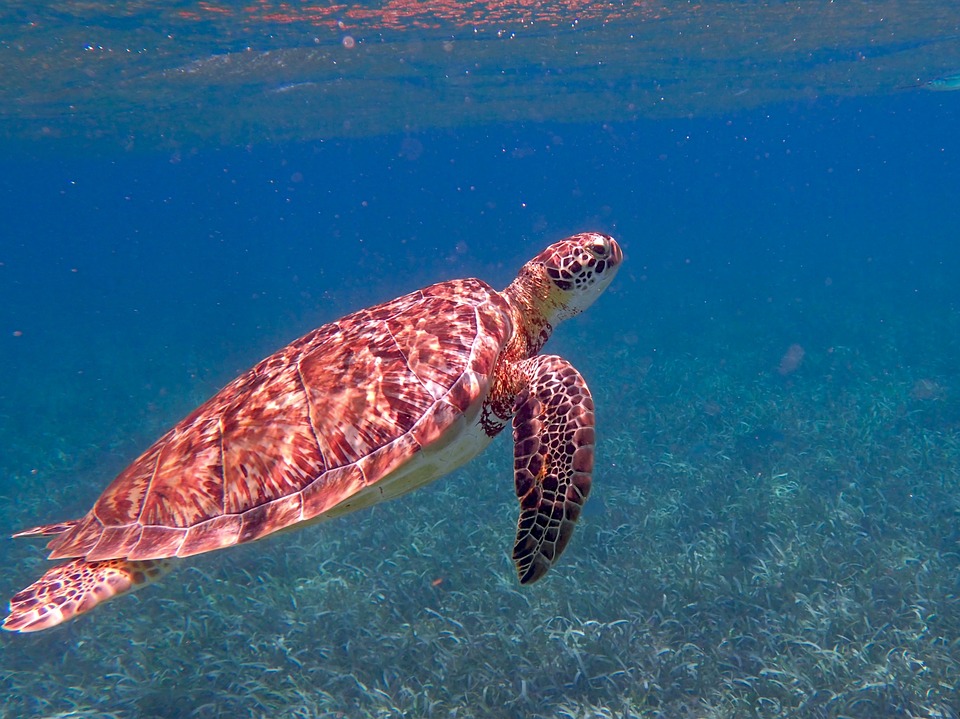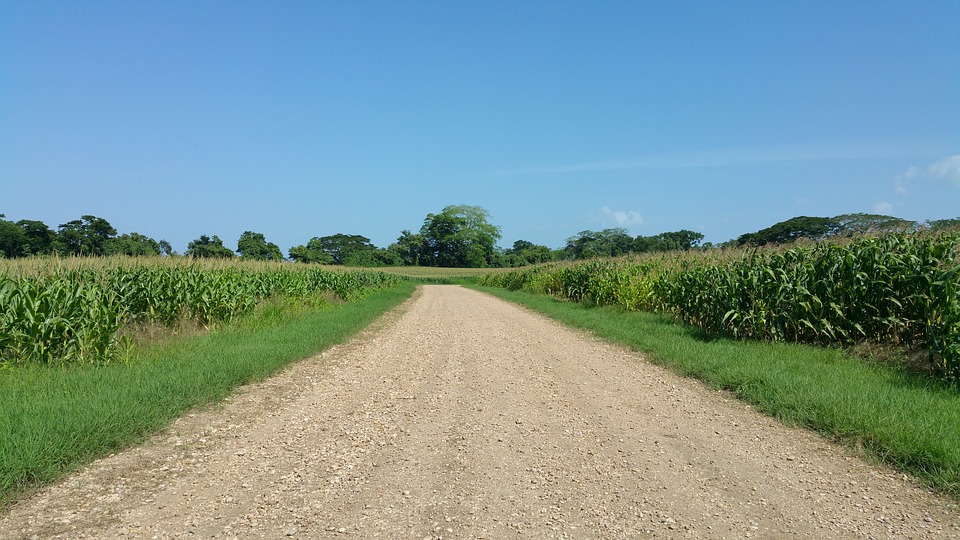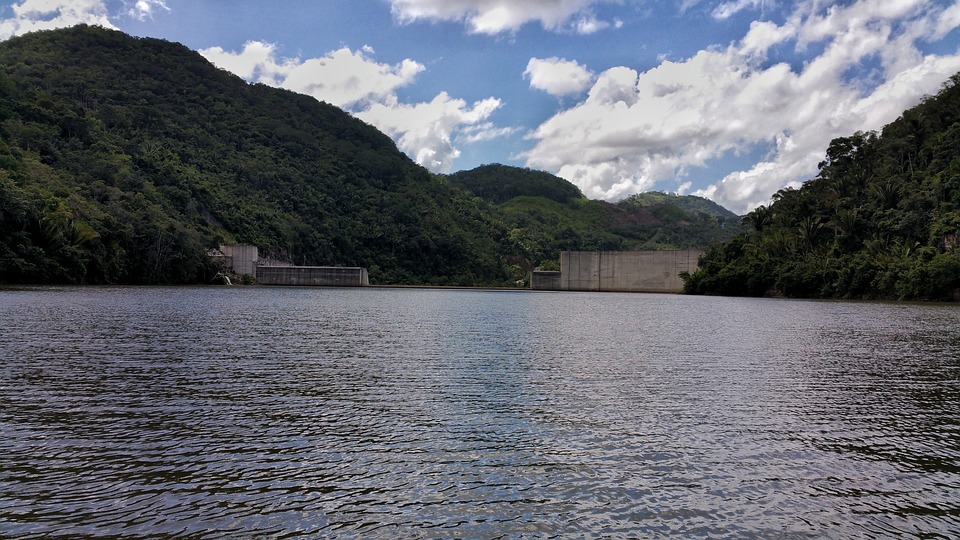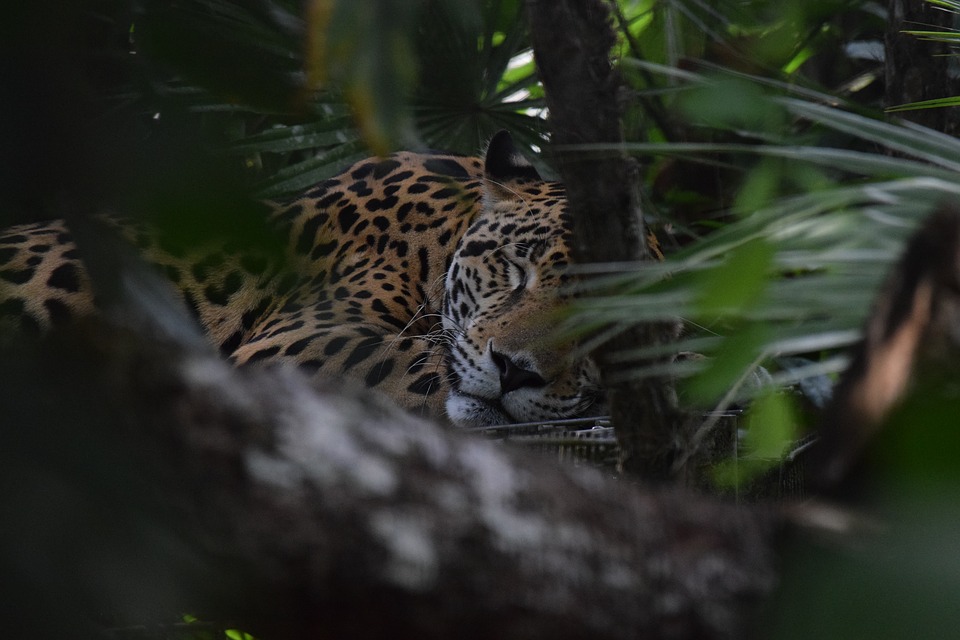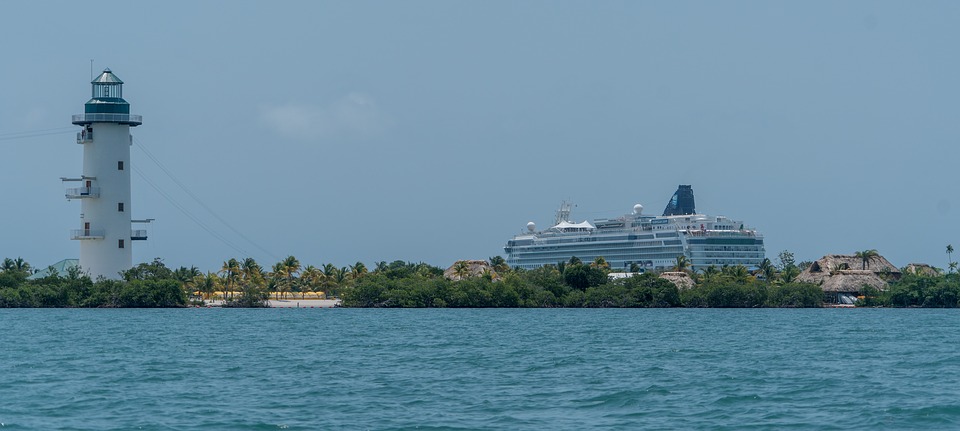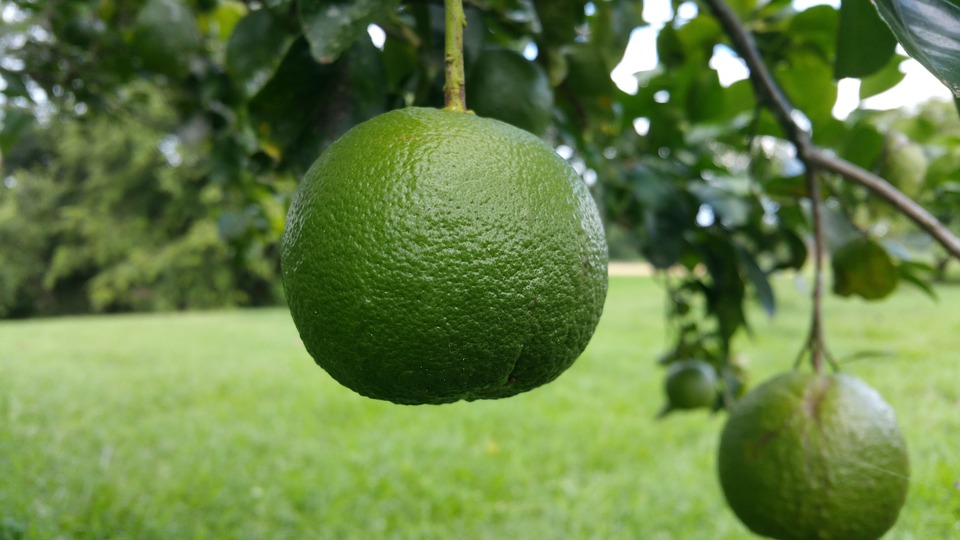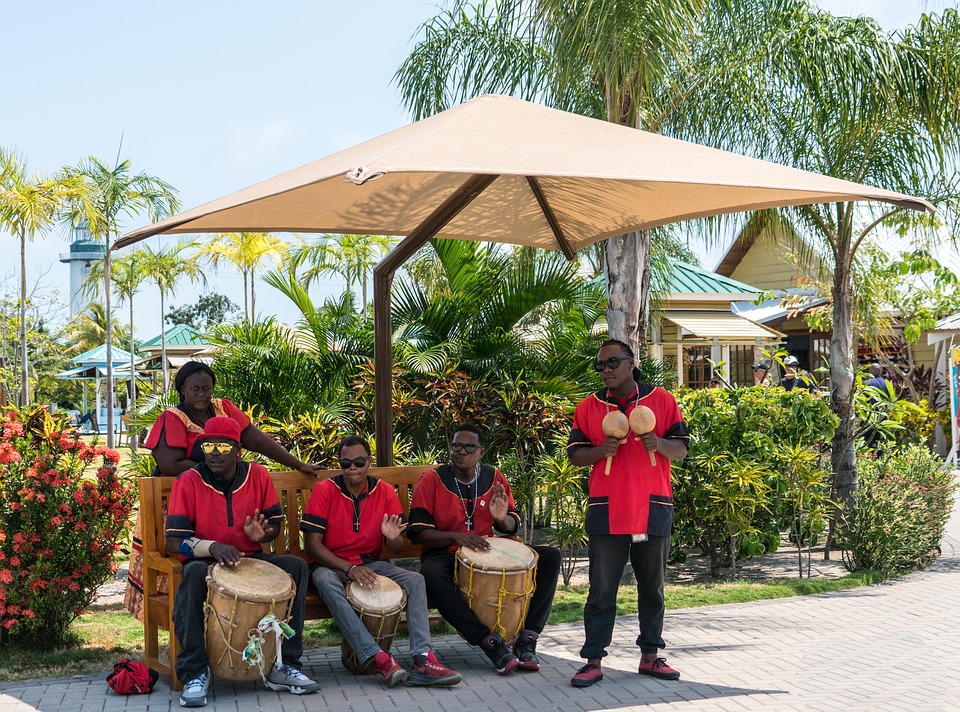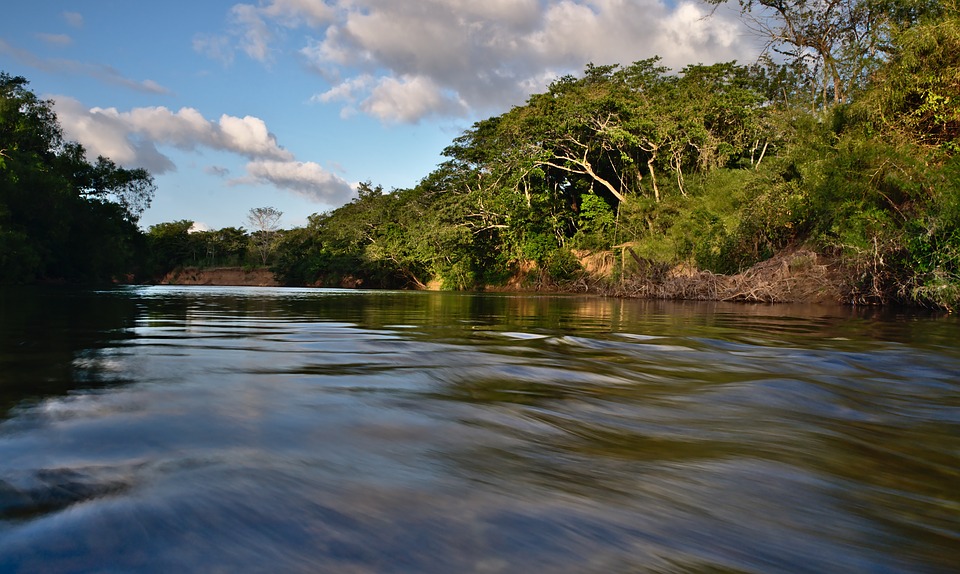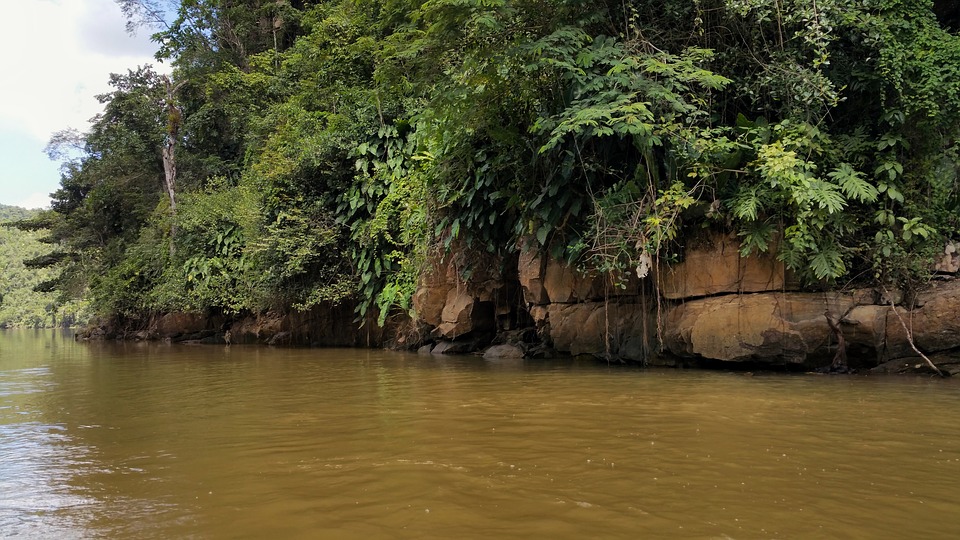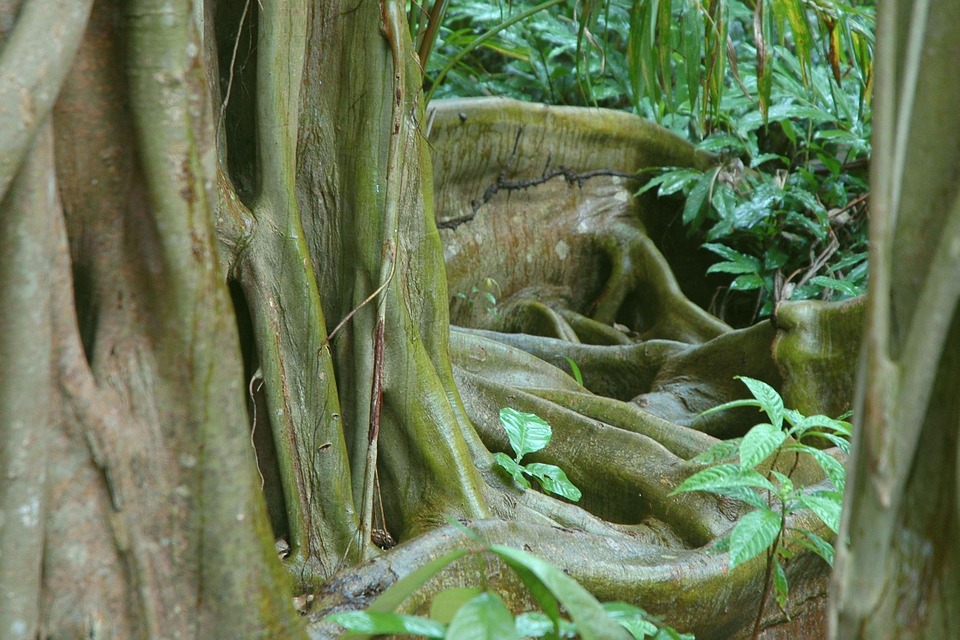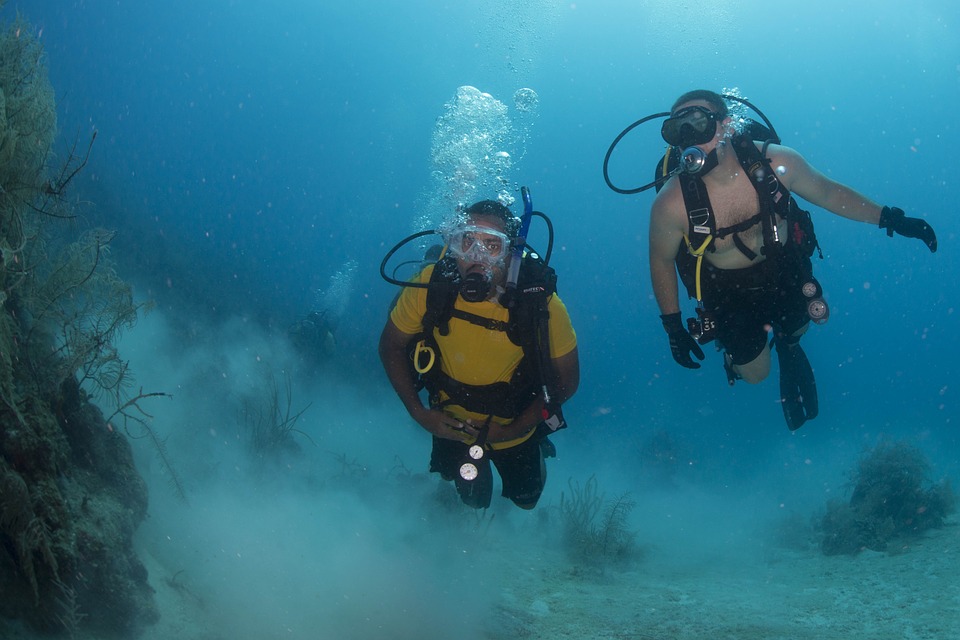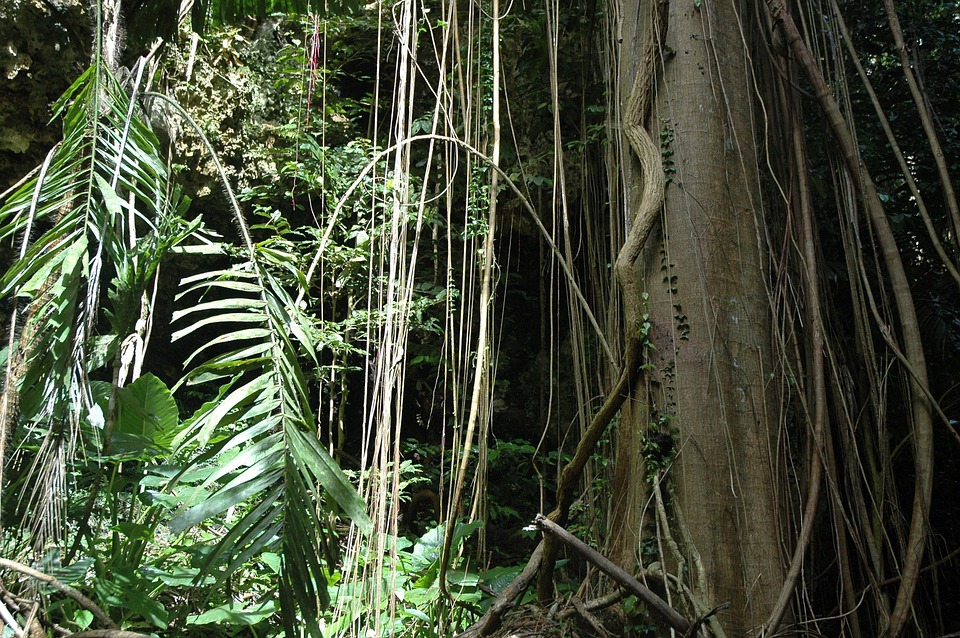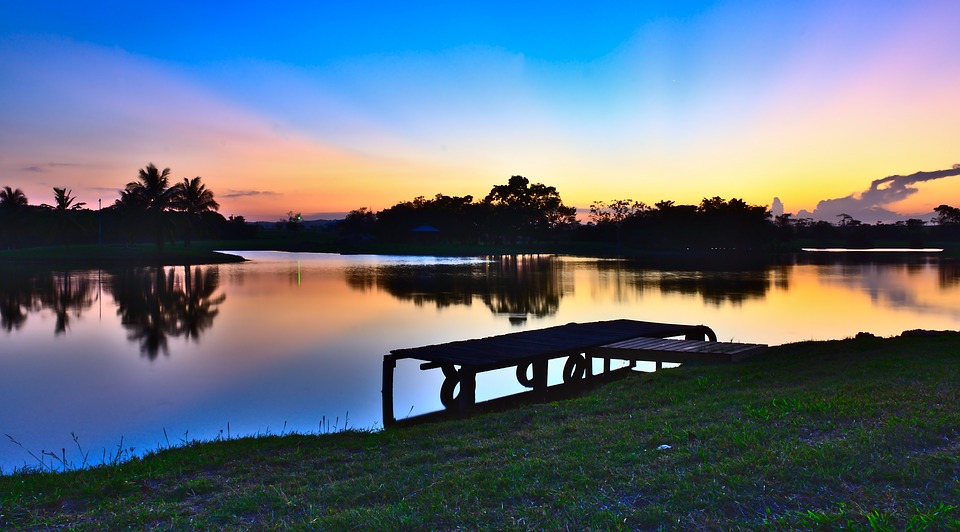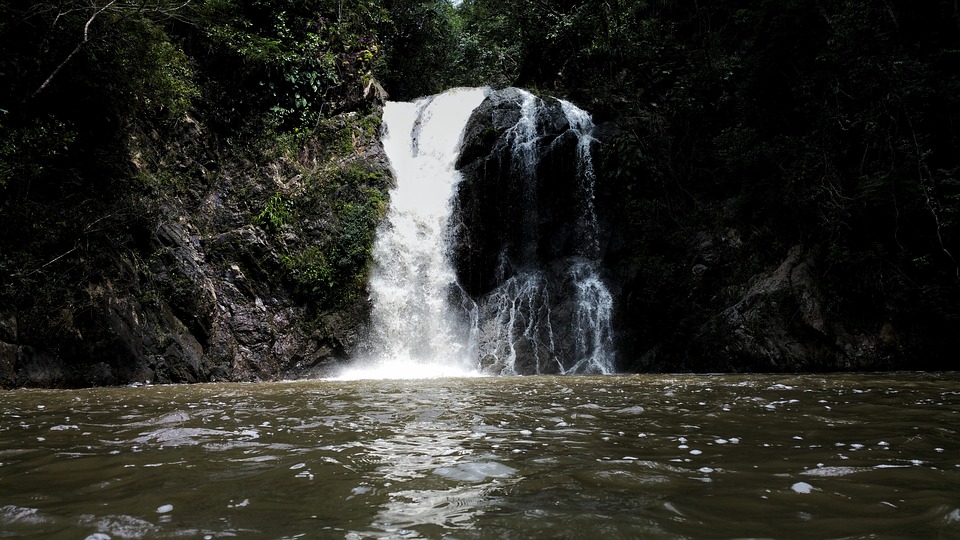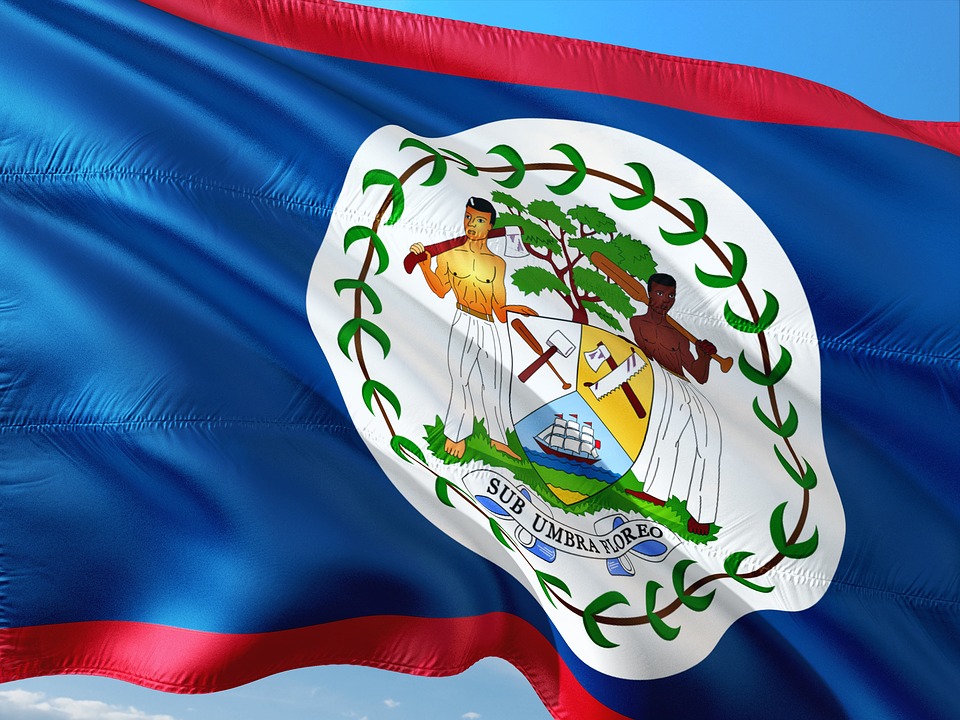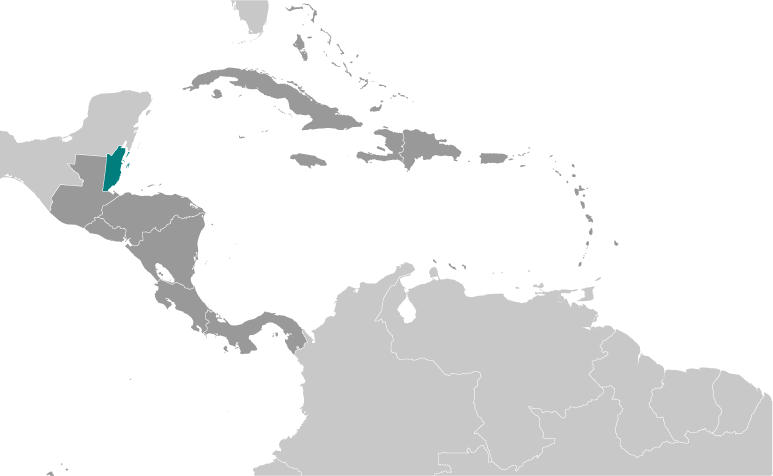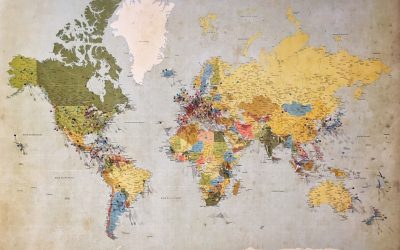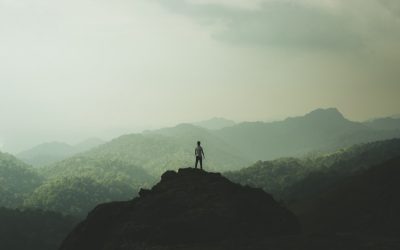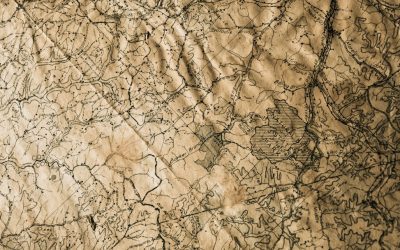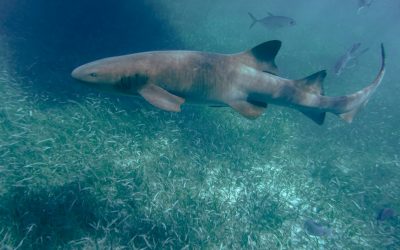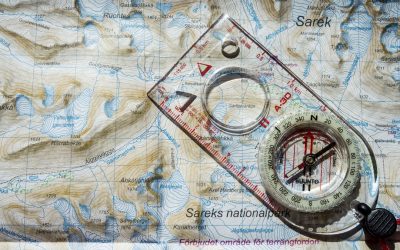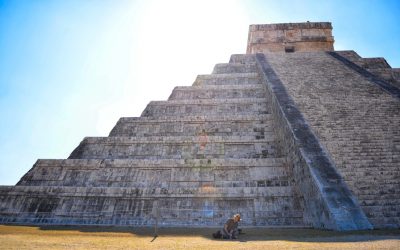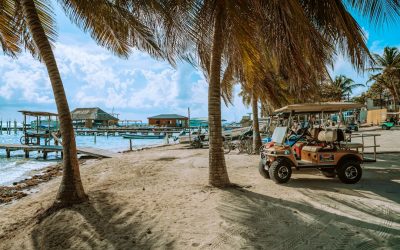Belize

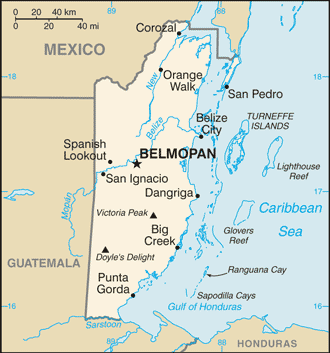
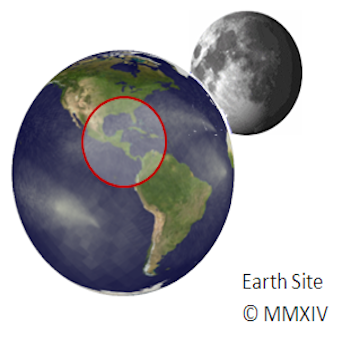
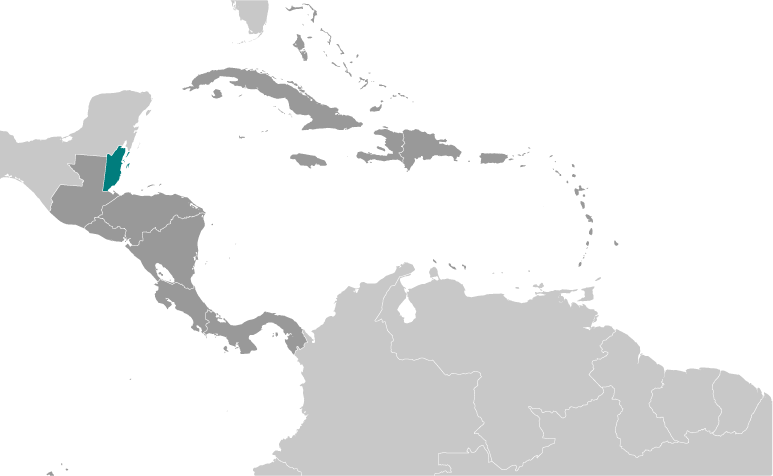
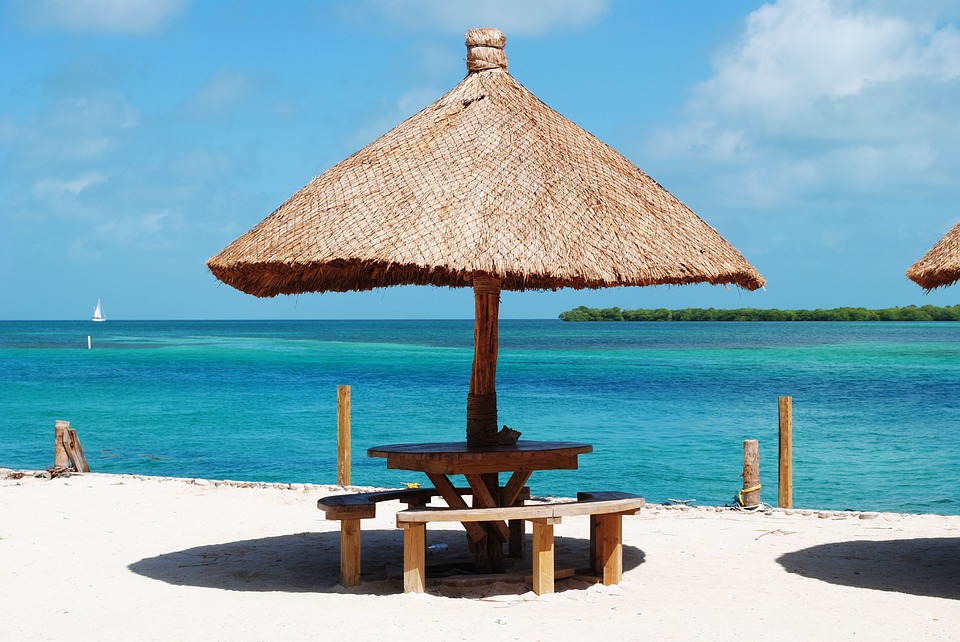
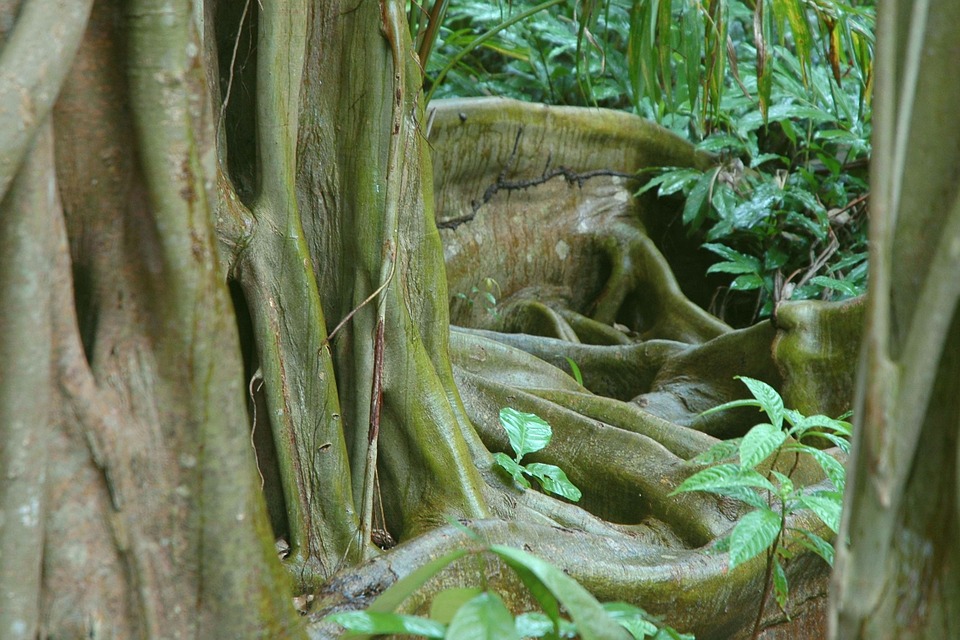
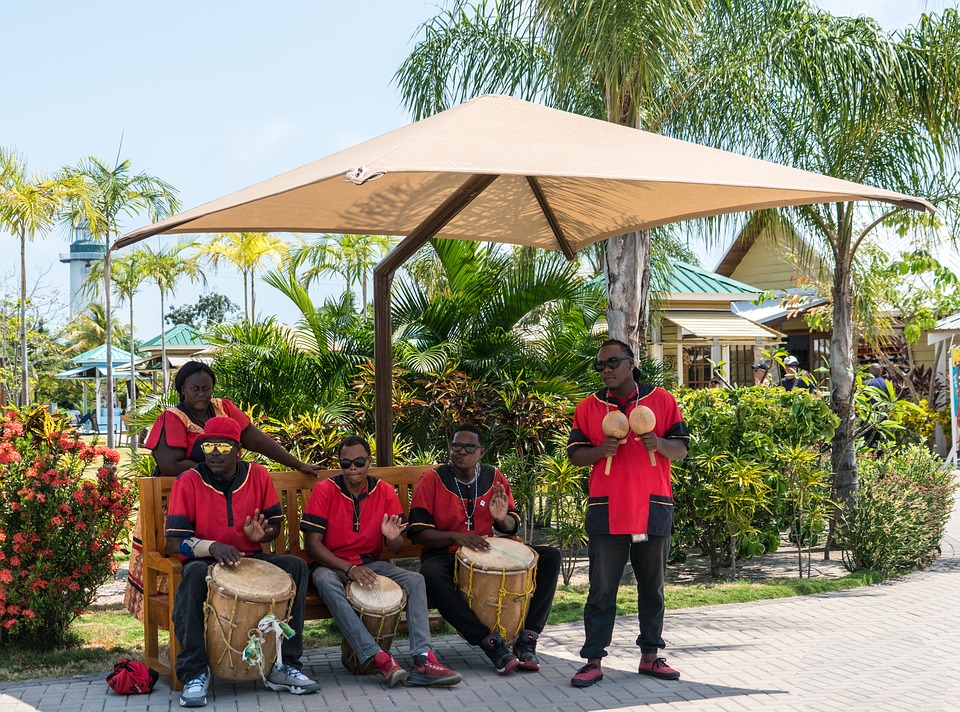
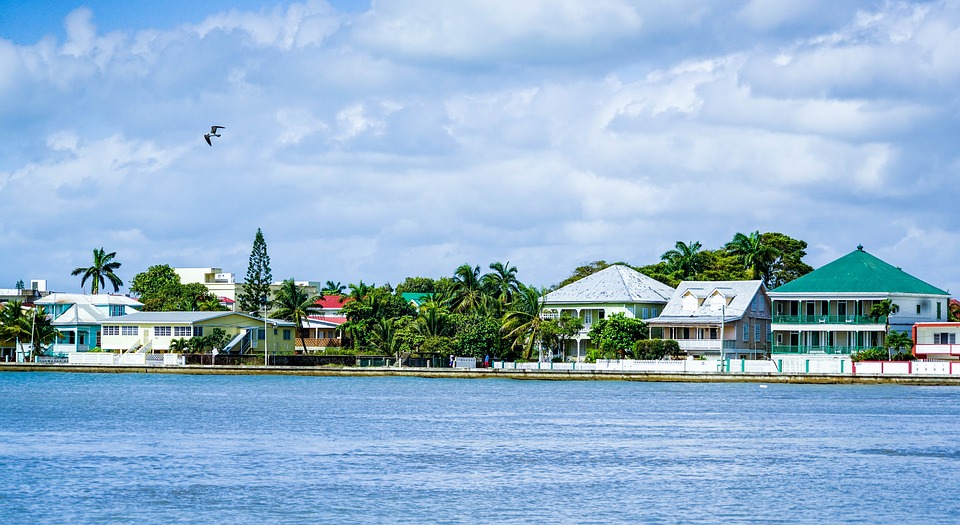
Capital of Belize : Belmopan
Population (Estimated July 2012): 327,719
Area: 22,965km2 or 8,867mi2
Currency: Belize Dollar (BZ$)
Official Language: English
Political Information: Parliamentary Democracy and Constitutional Monarchy
Official Religion: No Official Religion (approximately 49.6% of the population are Roman Catholic, 25.5% are Protestant, 15.5% have other religious beliefs and 9.4% have no religious beliefs)
Highest Mountain: Doyle’s Delight at 1,124m or 3,688ft
GDP Official Exchange Rate (OER is more precise at gauging a countries economic power)
(Estimated 2011): $1.5 billion (US$) or £900 million(GBP)
GDP (OER) Per Capita (per member of the population estimated 2011): (US$) or (GBP)
GDP Purchasing Power Parity (PPP is good for gauging living conditions and use of resources but not as accurate as OER. This data has been calculated based on the sum value of all goods and services produced in the country valued at prices prevailing in the United States)
(Estimated 2011): $2.754 billion (US$) or £1.652 billion (GBP)
GDP (PPP) Per Capita (per member of the population estimated 2011): $8,300 (US$) or £4,980 (GBP)
Time Zone (GMT/UTC): -6:00
Districts: Belize, Cayo, Corozal, Orange Walk, Stann Creek, Toledo
Leaders: Monarch is Queen Elizabeth II with Sir Colville Young as Governor General and Dean Barrow as Prime Minister.
Sources: CIA World Fact Book, Encyclopaedia Britannica.
Belize is a small country located on the eastern coast of Central America. It is bordered by Mexico to the north and Guatemala to the west and south. Despite its small size, Belize is known for its rich cultural heritage, stunning natural beauty, and warm and welcoming people. With a population of just over 400,000 people, Belize is one of the least densely populated countries in the region.
Belize gained independence from British rule in 1981, making it one of the youngest nations in the Americas. Since then, it has developed into a thriving democracy with a diverse economy that relies heavily on agriculture, tourism, and offshore banking. In this blog post, we will explore the geography and climate of Belize, its history from Mayan civilization to British colonization, its culture and people, wildlife and nature, cuisine, tourism industry, education and healthcare system, and economy, as well as the challenges and opportunities it faces.
Geography and Climate of Belize: A tropical paradise
Belize is blessed with a diverse landscape that includes mountains, rainforests, rivers, and over 200 miles of coastline along the Caribbean Sea. The country is home to several protected areas, including national parks and wildlife sanctuaries, which are teeming with biodiversity. The Maya Mountains in southern Belize is a popular destination for hikers and nature enthusiasts, while the coastal areas offer pristine beaches and crystal-clear waters for swimming, snorkelling, and diving.
Belize has a tropical climate with two distinct seasons: the rainy season from June to November and the dry season from December to May. During the rainy season, Belize experiences frequent showers and thunderstorms, which help to maintain its lush greenery. The dry season is characterized by sunny days and warm temperatures, making it the peak tourist season. However, climate change poses a significant threat to Belize’s environment and economy, as rising sea levels and extreme weather events can lead to coastal erosion, coral bleaching, and damage to infrastructure.
History of Belize: From Mayan civilization to British colonization
Belize has a rich and fascinating history that dates back thousands of years. The country was once the heartland of the ancient Maya civilization, which flourished from around 2000 BC to 1500 AD. The Maya built impressive cities and temples, developed a sophisticated system of writing and mathematics, and made significant contributions to art, astronomy, and agriculture.
In the 16th century, Spanish explorers arrived in Belize in search of gold and other riches. However, they encountered fierce resistance from the Maya people, who fought to protect their land and way of life. The Spanish eventually abandoned their efforts to colonize Belize, leaving it largely uninhabited.
In the 17th century, British settlers began to establish logging camps along the coast of Belize. Over time, these settlements grew into thriving communities, attracting settlers from other parts of the British Empire. In 1862, Belize became a British colony known as British Honduras.
Belize gained self-government in 1964 and full independence from British rule on September 21, 1981. Today, Belize is a parliamentary democracy with a constitutional monarchy, with Queen Elizabeth II as its head of state. The country has a multi-party political system and holds regular elections to choose its leaders.
Culture and People of Belize: A melting pot of diversity
Belize is known for its cultural diversity, with a population that is made up of various ethnic groups. The largest ethnic group is the Creole community, which is descended from African slaves brought to Belize during the colonial era. The Garifuna people are another significant ethnic group in Belize, with their own unique language, music, and dance traditions. The Maya community is also an integral part of Belizean society, with many Maya people living in rural areas and practising traditional farming methods.
Belizean culture is a vibrant mix of African, European, and indigenous influences. Music and dance play a central role in Belizean culture, with genres such as punta, brukdown, and reggae being popular among the locals. Traditional Belizean cuisine is also a reflection of the country’s diverse heritage, with dishes that combine Caribbean, Mexican, and Mayan flavours.
English is the official language of Belize, but Spanish and Creole are also widely spoken. Creole is a unique language that developed during the colonial era as a means of communication between slaves from different African tribes and their European masters. Today, Creole is an important part of Belizean identity and is spoken by people from all walks of life.
Wildlife and Nature in Belize: Home to the world’s second-largest barrier reef
Belize is renowned for its incredible biodiversity and is home to a wide variety of plant and animal species. The country’s rainforests are teeming with wildlife, including jaguars, howler monkeys, tapirs, and toucans. The Cockscomb Basin Wildlife Sanctuary in southern Belize is the world’s first jaguar reserve and offers visitors the chance to spot these elusive creatures in their natural habitat.
Belize is also home to the Belize Barrier Reef, which is the second-largest barrier reef in the world after Australia’s Great Barrier Reef. The reef stretches for over 190 miles along the coast of Belize and is a UNESCO World Heritage site. It is home to hundreds of species of fish, coral, and other marine life, making it a paradise for snorkelers and divers.
However, Belize’s natural resources are under threat from climate change, pollution, and unsustainable practices. The government of Belize has taken steps to protect its environment through the establishment of marine reserves and national parks. Sustainable tourism initiatives have also been implemented to promote responsible travel and ensure the long-term preservation of Belize’s natural beauty.
Belizean Cuisine: A fusion of Caribbean, Mexican, and Mayan flavours
Belizean cuisine is a delicious fusion of Caribbean, Mexican, and Mayan flavours. The country’s diverse cultural heritage is reflected in its food, with dishes that combine the spices and ingredients of different culinary traditions. Rice and beans are a staple of Belizean cuisine and are often served with stewed chicken, pork, or fish. Fry jacks, which are deep-fried dough balls, are another popular breakfast item in Belize.
Seafood is abundant in Belize, thanks to its proximity to the Caribbean Sea. Conch fritters, ceviche, and grilled lobster are just a few of the seafood dishes that can be found on menus throughout the country. Tamales, which are made from corn dough filled with meat or beans and wrapped in banana leaves, are a traditional Mayan dish that is still enjoyed in Belize today.
Tourism in Belize: The perfect destination for adventure and relaxation
Belize has become increasingly popular as a tourist destination in recent years, attracting adventure travellers and eco-tourists from around the world. The country offers a wide range of activities for visitors to enjoy, from snorkelling and scuba diving on the barrier reef to exploring ancient Mayan ruins hidden deep in the jungle.
Ambergris Caye is one of the most popular tourist destinations in Belize, known for its stunning beaches and vibrant nightlife. Caye Caulker is another popular island destination that offers a more laid-back atmosphere and is perfect for those seeking relaxation and tranquillity. Placencia, located on the southern coast of Belize, is known for its beautiful beaches and is a great base for exploring the nearby Cockscomb Basin Wildlife Sanctuary.
In addition to its natural beauty, Belize also offers a range of adventure activities for thrill-seekers. Cave tubing, zip-lining, and hiking are just a few of the activities that can be enjoyed in Belize’s rainforests and mountains. The country’s rivers and waterfalls also provide opportunities for kayaking, paddleboarding, and swimming.
Education and Healthcare in Belize: A developing nation with room for improvement
Belize is a developing nation that faces challenges in the areas of education and healthcare. The country has made significant progress in improving access to education, with primary and secondary school enrollment rates reaching nearly 100 percent. However, there are still disparities in educational attainment between urban and rural areas, as well as between different ethnic groups.
The healthcare system in Belize is also in need of improvement. While the country has made strides in reducing infant mortality rates and improving access to healthcare services, there are still gaps in coverage, particularly in rural areas. The government of Belize has implemented initiatives to address these issues, including the construction of new schools and healthcare facilities and the recruitment of more teachers and healthcare professionals.
The economy of Belize: Agriculture, tourism, and offshore banking
Belize’s economy is diverse but heavily reliant on agriculture, tourism, and offshore banking. Agriculture accounts for a significant portion of the country’s GDP and employs a large percentage of the population. Key agricultural products include sugar cane, citrus fruits, bananas, and seafood.
Tourism is another major contributor to Belize’s economy, with visitors drawn to the country’s natural beauty and cultural heritage. The tourism industry provides employment opportunities for many Belizeans and generates revenue through accommodation, transportation, and other services.
Offshore banking is an important sector of Belize’s economy, with the country serving as a popular destination for international investors seeking financial services. The government has implemented measures to attract foreign investment and promote economic growth, including the establishment of tax incentives for businesses operating in certain sectors.
However, Belize faces challenges in terms of poverty and income inequality. The country has one of the highest poverty rates in the region, with a significant portion of the population living below the poverty line. Income inequality is also a pressing issue, with a small percentage of the population controlling a large portion of the country’s wealth.
Challenges and Opportunities in Belize: Balancing growth with sustainability and social justice
Belize faces several challenges as it seeks to balance economic growth with sustainability and social justice. Climate change poses a significant threat to the country’s environment and economy, as rising sea levels and extreme weather events can lead to coastal erosion, coral bleaching, and damage to infrastructure. The government of Belize has taken steps to address these issues, including the development of a national climate change policy and the promotion of renewable energy sources.
Belize: A Brief History of the Jewel
Belize, a small country located on the eastern coast of Central America, is a land of rich history and vibrant culture. From its ancient Maya civilization to its colonial past and struggle for independence, Belize has a fascinating story to tell. Today, it is a...
Population Density of Belize
Population density refers to the number of people living in a specific area, usually measured in terms of persons per square kilometer or square mile. It is an important indicator of how crowded or sparsely populated an area is and can provide insights into various...
Terrain and Topography of Belize: mountains, valleys, and plains.
Belize, located on the eastern coast of Central America, is a small country with a diverse and unique terrain. It is bordered by Mexico to the north and Guatemala to the west and south. With an area of approximately 22,970 square kilometers, Belize may be small in...
Climate Zones of Belize: Different climate regions Of Belize
Belize, a small country located in Central America, is known for its diverse geography and climate. It is bordered by Mexico to the north, Guatemala to the west and south, and the Caribbean Sea to the east. The country’s climate is influenced by its proximity to...
Political Boundaries of Belize: Provinces, Districts, or Historical Boundaries.
Belize, a small country located in Central America, is known for its stunning natural beauty and rich cultural heritage. However, beneath its picturesque landscapes lies a complex web of political boundaries that have shaped the country’s history and continue to...
Natural Resources of Belize: Where Natural Resources are located In Belize
Belize, located on the eastern coast of Central America, is a country known for its rich natural resources and diverse ecosystems. With a total land area of approximately 22,970 square kilometers, Belize is home to a wide range of natural resources including forests,...
Cultural or Historical Sites of Belize: Important Cultural Landmarks or Historical Sites In Belize
Introduction Belize, a small country located on the eastern coast of Central America, is known for its rich history and cultural heritage. From ancient Maya ruins to colonial architecture, Belize offers a unique glimpse into the past. In addition to its historical...
Exploring the Hidden Gems of Belize: A Journey to the Heart of Central America
Nestled on the eastern coast of Central America, Belize is a small country with a rich history and vibrant culture. Bordered by Mexico to the north and Guatemala to the west and south, Belize is known for its stunning natural landscapes, diverse wildlife, and ancient...
